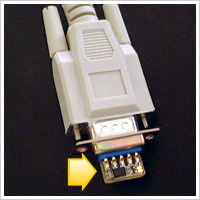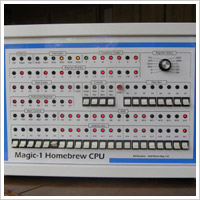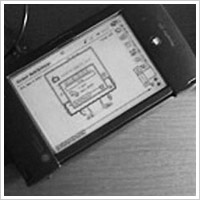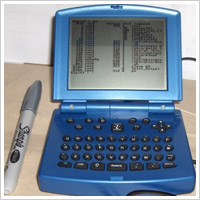It seems that people are running web servers on basically any hardware they can get their hands on. This is a list of some very unconventional choices of web server hardware.

Spud: Potato-powered web server
Need we say more? Apparently they ran into problems with rotting potatoes.

webACE – World’s smallest web server
webACE claims to be the world’s smallest web server, and it’s probably true. It is programmed into a tiny Fairchild ACE1101MT8 microcontroller.

Magic-1: Home-built mini computer
Home-built computer that runs Minix 2 as its OS. The web server is closed now, but you can telnet to it.

Commodore 64
Nothing says “cult” quite like the C64. This web server uses Contiki, which is a minimal OS with a web server. (Contiki has also been ported to, among others, Apple II, 8-bit Atari, Sega Dreamcast, Sony Playstation and Nintendo Gameboy.)

PIC
The WWWpic2 is a web server running on a Microchip PIC 16F84 (a small, programmable microcontroller chip).

Atari 800
Good old Atari from 1979, with web server software written in BASIC. Connected with a 9600 baud serial port.

PSP
The PSP has a lot of home-brew development going on, including PSP HTTPD, a web server for Sony’s little handheld game console.

NSLU2
A small NAS-solution for the home that you can connect USB harddrives to. People seem to be using it for lots of other things, though, including as a web server. It runs Linux and Apache or Lighttpd.

AppleTV
Acts a sleek little web server running Mac OS X and Apache.

Newton
Apple’s old PDA has NPDS, a web server specifically made for Newton.

Nokia S60
Has a small, Python-based web server that runs on Nokia smartphones.

ZipIt
A little wireless instant messenger running Linux and mini httpd. Currently placed in a kitchen on top of a water cooler…
Not a bad list, right? Though some of these projects have died, it is really cool to see how much time and effort people have put into these things just for the heck of it.



























